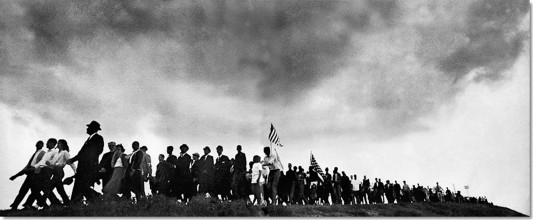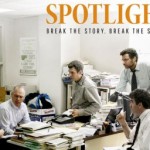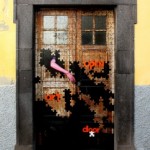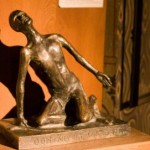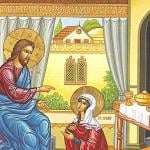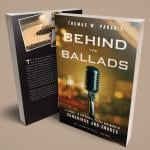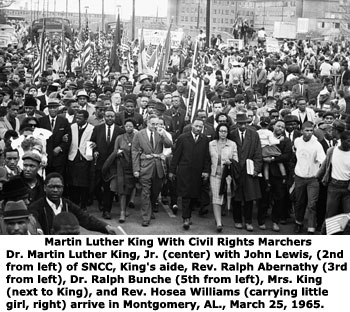 The light has come into the world, and people loved darkness more – John 3:19
The light has come into the world, and people loved darkness more – John 3:19
The best known sentence in the gospels is just before these words: For God so loved the world that he gave his only begotten Son that those who believe in him will not perish but have everlasting life. It rolls easily off the tongues of many. But NT theologian Marcus Borg* warns that, taken literally, this sentence turns Christianity into a religion of requirements and rewards. The reward is heaven. The requirements, of belief or behavior or both, are a means of reaping the reward. Christianity, understood this way, becomes contractual. And many of us take for granted this is the way things are.
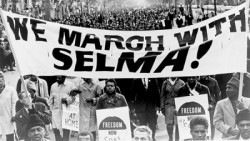 Borg points out this understanding is reinforced in worship in the words of absolution, which usually proclaim that those who believe will be saved. But this contradicts the ancient teaching, the biblical teaching, the Reformation teaching, that salvation is unmerited, God-given, not a reward, not a contract.
Borg points out this understanding is reinforced in worship in the words of absolution, which usually proclaim that those who believe will be saved. But this contradicts the ancient teaching, the biblical teaching, the Reformation teaching, that salvation is unmerited, God-given, not a reward, not a contract.
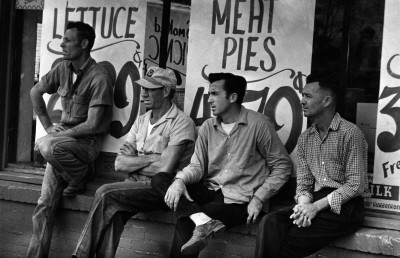
Borg goes on: a second problem in emphasizing the afterlife is that it turns Christianity into a religion of self-preservation. How can I make sure I will live forever? And a third problem arises: people are divided into saved and unsaved. All non-Christians, even many Christians, are suspected of being unsaved.
Emphasis on the afterlife changes the attention paid to this life, making changes relatively unimportant, and obedience very important. Borg notes, in the Bible salvation is about transformation in this life, not about going to heaven. In the Bible the roots of the word salvation are in rescue and deliverance in this life, not the next.
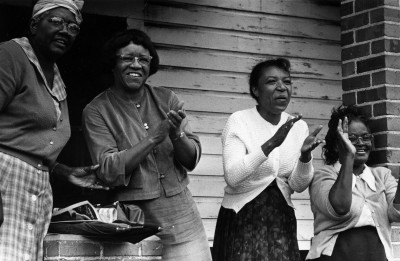
Borg offers these biblical images of salvation:
Salvation as Liberation from Bondage – the Exodus; Salvation as Return from Exile, the return of ancient Israel from Babylon and slavery.
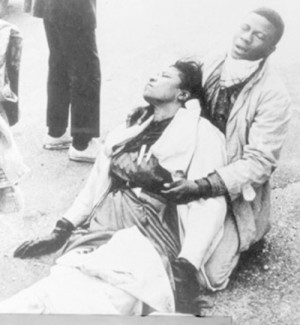 Salvation as Light in Darkness and Sight to the Blind. People walk in deep darkness, and many who have sight, cannot see – Jesus urges those who have eyes, to see anew.
Salvation as Light in Darkness and Sight to the Blind. People walk in deep darkness, and many who have sight, cannot see – Jesus urges those who have eyes, to see anew.
Salvation as Life to the Dead. Just as some sighted people are blind, some living people are dead. There is a way of living that amounts to being dead, Jesus teaches.
Salvation as Food and Drink, which is about everyone having enough, and also about our hunger and thirst for more than a material life.
Salvation as Being Saved from Sin. Forgiveness means our misdeeds and betrayals are not the last word about us, or to us from God.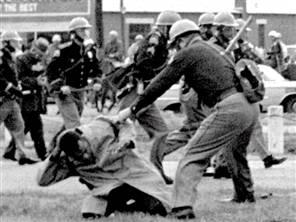
This week America is observing the 50th anniversary of the Selma March, which was really a series of three events: Bloody Sunday, when the marchers were beaten and tear-gassed and not allowed to leave Selma; Turn Around Tuesday, when Martin Luther King led the already-bruised and highly anxious marchers to the crest of the bridge, sensed that the police below might again attack the marchers, knelt, prayed, and turned back, now calling on the nation to come and march with him the following weekend. Thousands rallied, including celebrities, and together they marched the whole way to Montgomery, protesting the denial of voting rights to black Americans in Alabama and in most of the South.
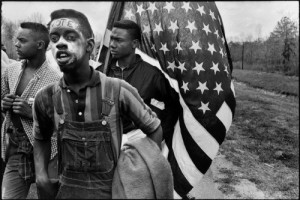 All of this was based on some courageous theology, in which people dared to say they were not saved, they were living in bondage, they were outcasts and exiles, they were in deep darkness, and this was not God’s doing, and not God’s will.
All of this was based on some courageous theology, in which people dared to say they were not saved, they were living in bondage, they were outcasts and exiles, they were in deep darkness, and this was not God’s doing, and not God’s will.
They lived surrounded by white people who were blind to their suffering, who were spiritually dead. And black people were willing to say this, to say they longed for life in this world, and were dead to hope unless they marched as they did. They marched for food and drink, and for the right to vote to end poverty, and they dared to understand this marching as sacramental. And for the days in which they marched, women gathered in church kitchens and churned out thousands of sandwiches and vats of coffee to sustain them. In all of this, they dared to hope that they were being saved; from the dreadful sins of their nation, and the personal sins, of despair, addiction, misery of soul, into which many of them had fallen.
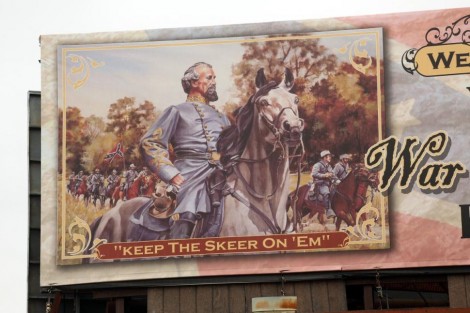 Those who opposed them and supported violent police repression of these marches, also cited the Bible, using passages about slaves obeying their masters, about the sons of Ham being condemned to lesser life, and about accepting their rulers. These were the old and cruel understandings of a contractual god.
Those who opposed them and supported violent police repression of these marches, also cited the Bible, using passages about slaves obeying their masters, about the sons of Ham being condemned to lesser life, and about accepting their rulers. These were the old and cruel understandings of a contractual god.
What was new was the theology of the Civil Rights Movement, that dared to articulate the meaning of salvation as transformation from fear to courage, from blindness to new sight, from hunger and thirst to satisfaction in spirit, from bondage to liberation. The courage of black America, and their theology, has given life and sight to gays, to women, to immigrants, to the disabled, to the poor around the world. We owe them a huge debt for setting all our sight on freedom and a gracious God.
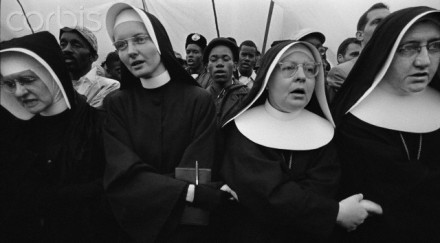 Knowing a number of marchers who made that walk has been a significant grace in my life: Alvin Levin, a lawyer and parishioner in MA, a man who had polio in his thirties and made the four day march in a wheelchair; Elliott Hubbard, a patrician Bostonian and parishioner, who spent decades helping small businessmen in Roxbury, MA; my uncle, a Unitarian minister in NYC, who marched between two other New Yorkers, a Jewish theologian and an Orthodox priest; and a friend, Judy Kotze, then a college senior in Ohio, who with four other classmates made the journey, driving through white hostility and rage to reach Selma, and to march for freedom, human dignity, and the grace of God.
Knowing a number of marchers who made that walk has been a significant grace in my life: Alvin Levin, a lawyer and parishioner in MA, a man who had polio in his thirties and made the four day march in a wheelchair; Elliott Hubbard, a patrician Bostonian and parishioner, who spent decades helping small businessmen in Roxbury, MA; my uncle, a Unitarian minister in NYC, who marched between two other New Yorkers, a Jewish theologian and an Orthodox priest; and a friend, Judy Kotze, then a college senior in Ohio, who with four other classmates made the journey, driving through white hostility and rage to reach Selma, and to march for freedom, human dignity, and the grace of God.
* Convictions, by Morcus Borg, 2014, Harper One. Chapter 4: Salvation is More About This Life than an After Life
___________________________________________________________
Illustrations:
1.Selma March, 1965 newsphoto, Google Images.
2. Selma March, Brittanica. com image, Google Images.
3. White Men Watching at Selma, 1965. National Journal History slideshow, Nov. 5, 2015.
4. Four Black Women Applauding Selma March, 1965. National Journal Historical slideshow, Nov. 5, 2015. Google Images.
5. Bloody Sunday, Selma March, 1965. Google Images.
6. Bloody Sunday, Selma March, 1965. Google Images.
7. Young black man with VOTE on his forehead, marching, Selma. Google Images.
8. New Sign Board (2015) near the Edmund Pettus Bridge, honoring the Founder of the Ki Klux Klan and the War Between the States. Google Images.
9. Selma March, on the road to Montgomery. Google Images.
10. Nuns, marching in Selma. Google Images.

